Most lighting that hangs from above shines its light downward for practical reasons. Some might emit light in all directions, particularly pendant lamps or chandeliers that come in spherical forms. Either way, most lamps like these have a fixed way of shining light on matters, literally, and there aren’t many options for you to change the way they work. Lamps that can change their direction do exist, but they often look more like stage props rather than aesthetic parts of your home. Once in a while, we do come across a design so creative and unconventional that you can’t help but marvel at how it was conceptualized, like this oddly-named lampshade design that can practically change how a lamp functions by changing where its light goes.
Designer: Lukas Bazle
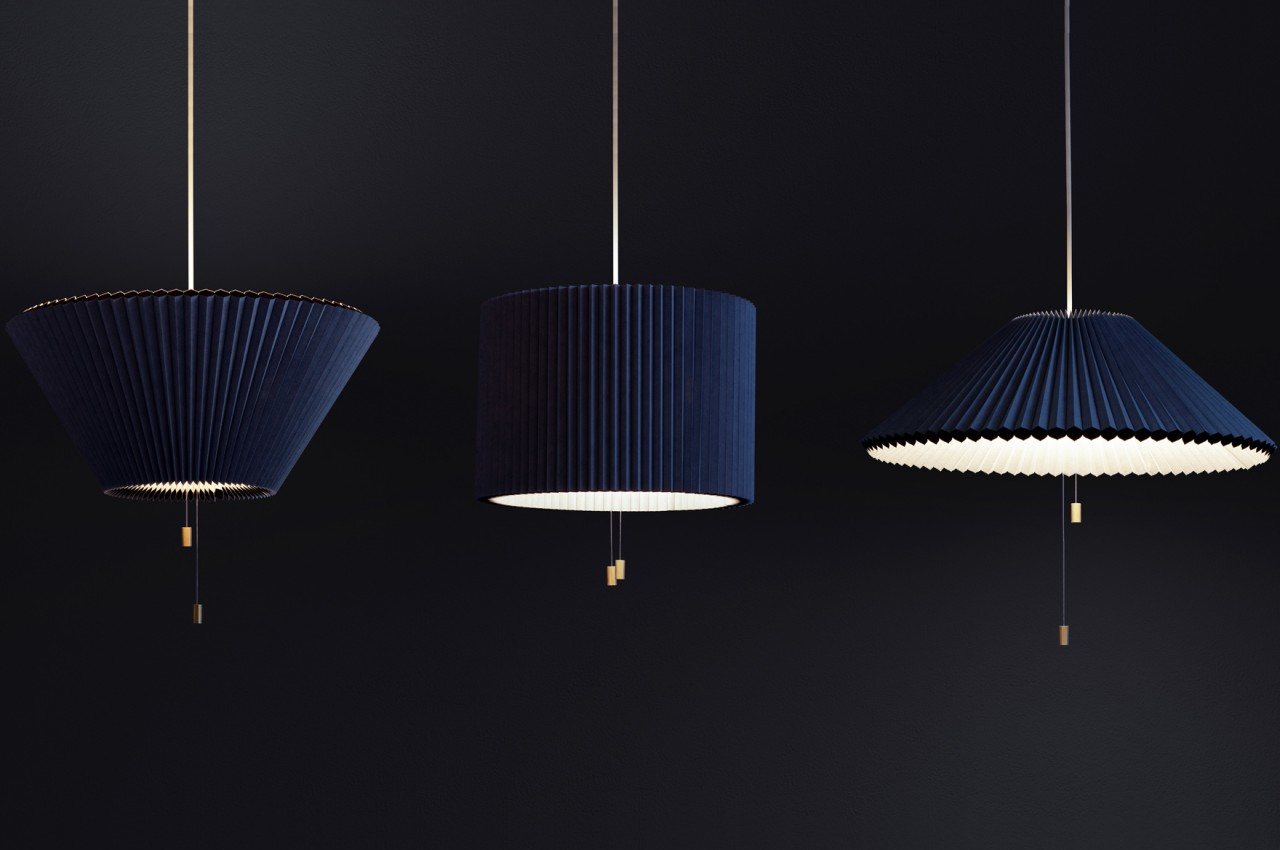
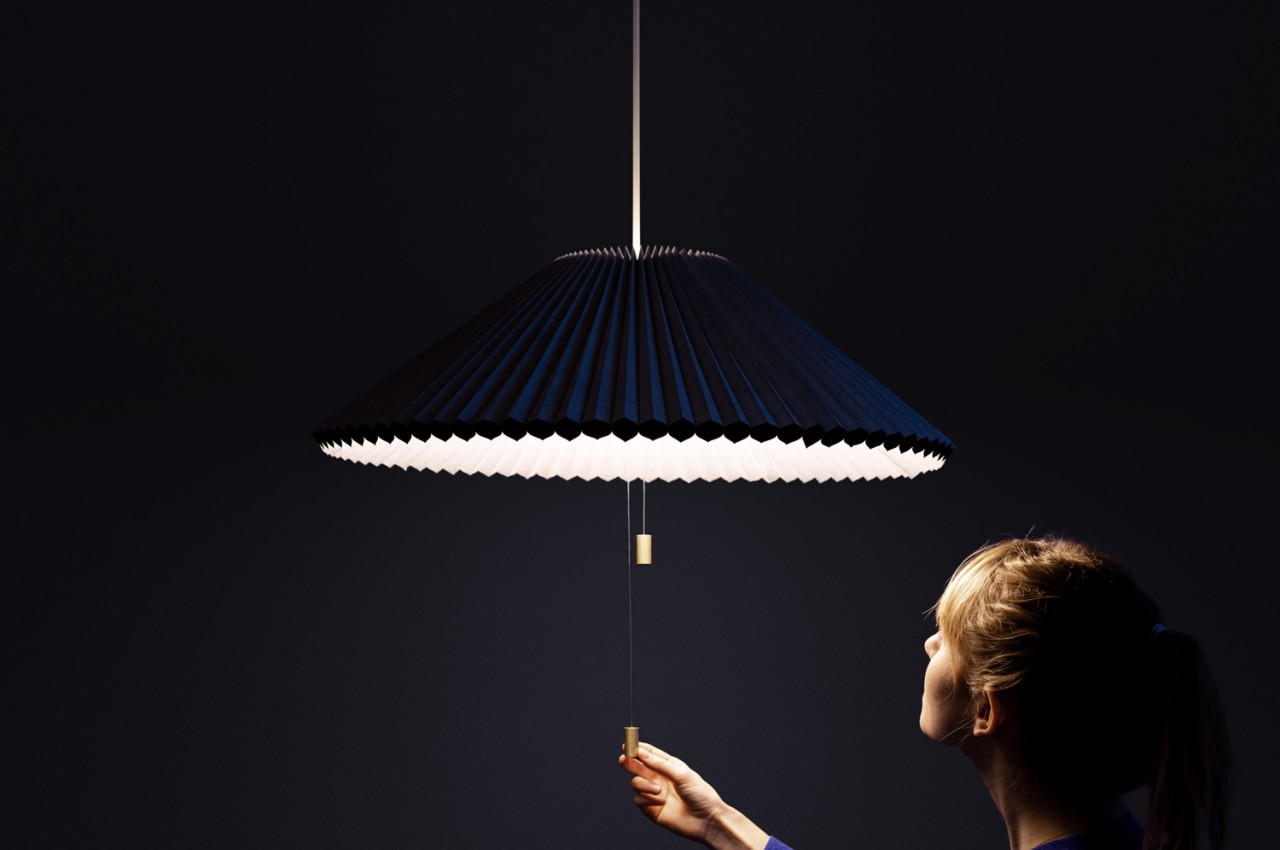
Traditional lampshades come as truncated cones, with a large opening at the bottom to spread its light downward as much as possible. There is some light that does get out of the top, but it’s very minimal to the point of being negligible. For hanging or pendant lamps, that’s the most optimal design, but it also leaves very little room for flexibility and variety, especially when trying to change the intensity of the light.
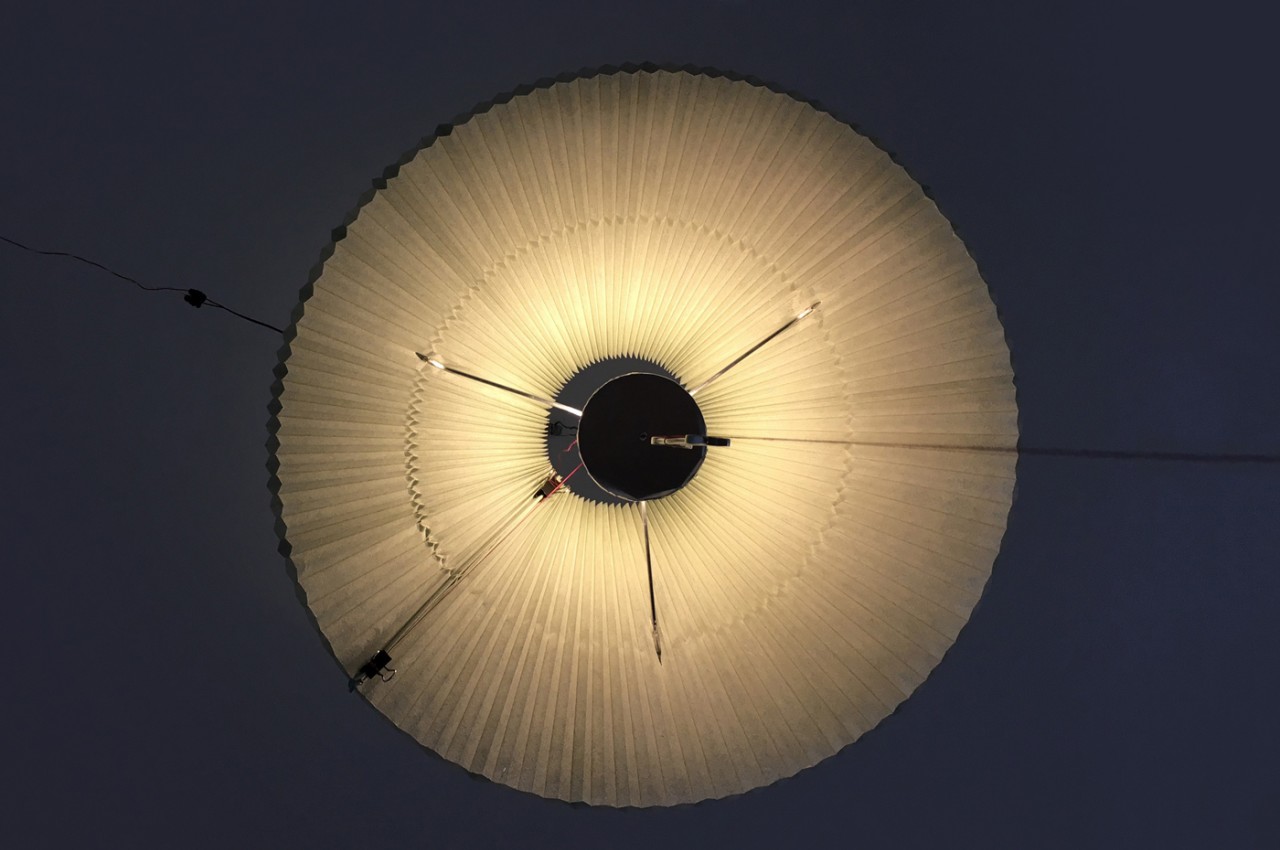

One could always use a dimmer, of course, but Meduse, probably named after jellyfish and not the mythical monster, does the same in a rather curious way. It practically changes the shape of the shade from an upright cone to a barrel to an upside-down cone, which also has the effect of changing the direction of the light. And depending on how closed or opened the aperture is, it can also change the intensity of the light that goes through.
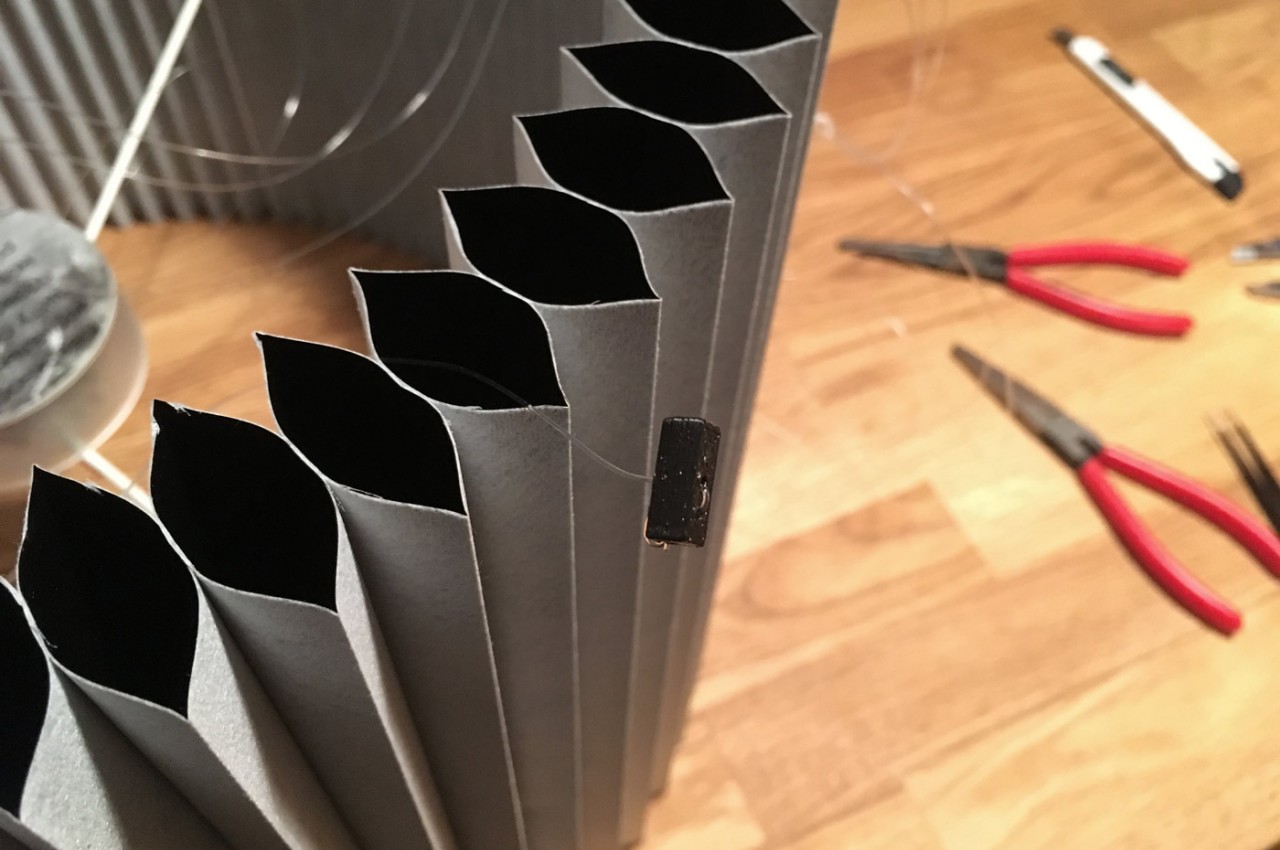
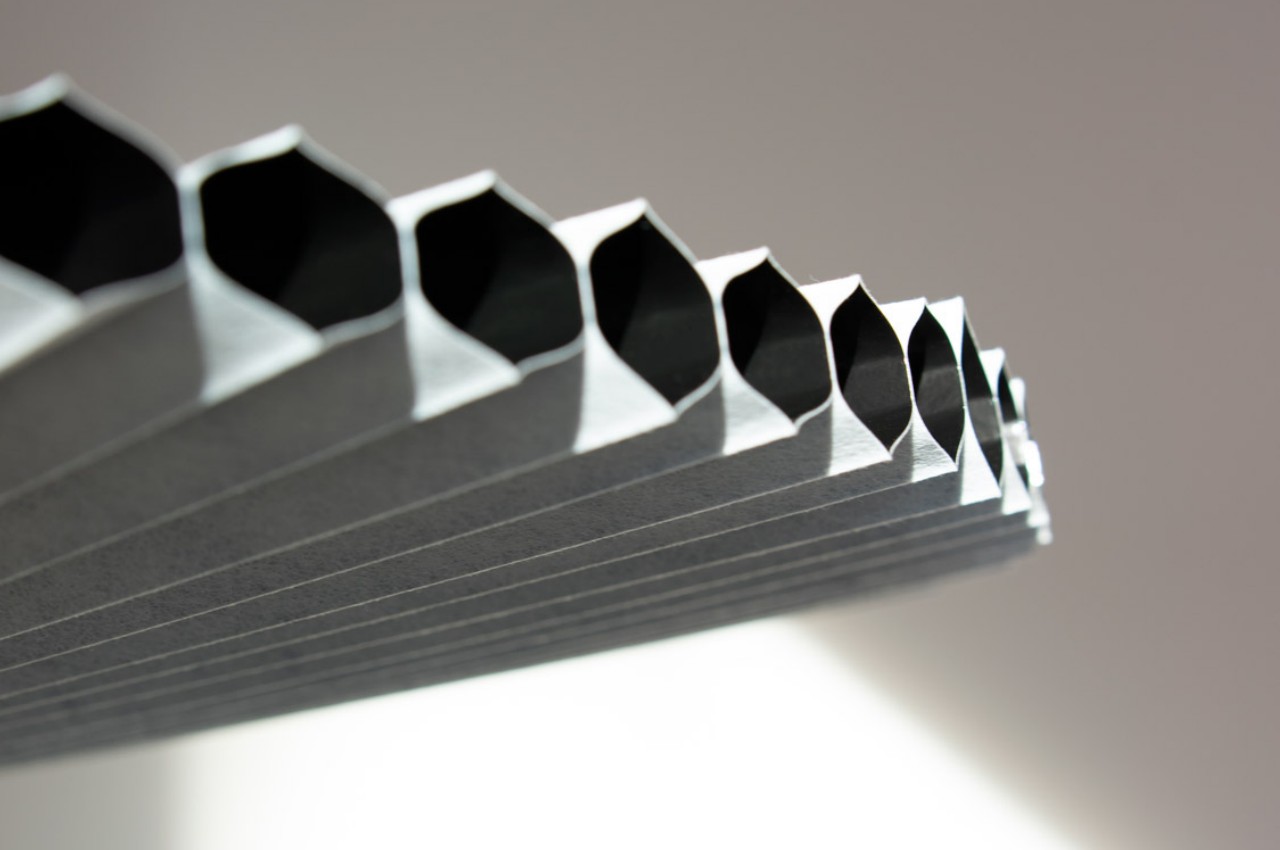

What makes this design particularly interesting is the material and structure used to make this happen. It uses a honeycomb blind wrapped around to form a complete loop, creating an accordion-like structure that switches its shape depending on how compressed or expanded the ends are. An alternating pulley system tightens one end and loosens the other in a movement that is smooth and mesmerizing, almost like watching a jellyfish move in the water.
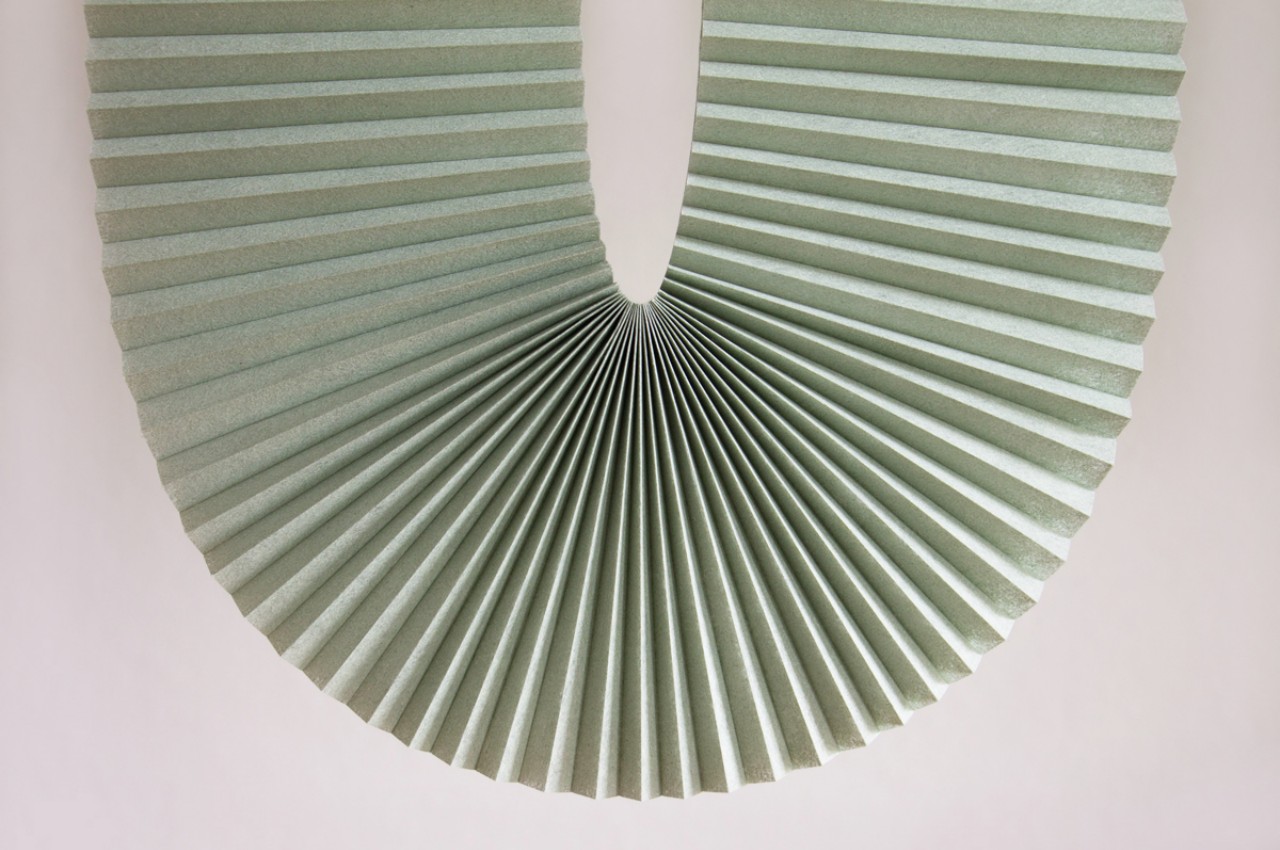
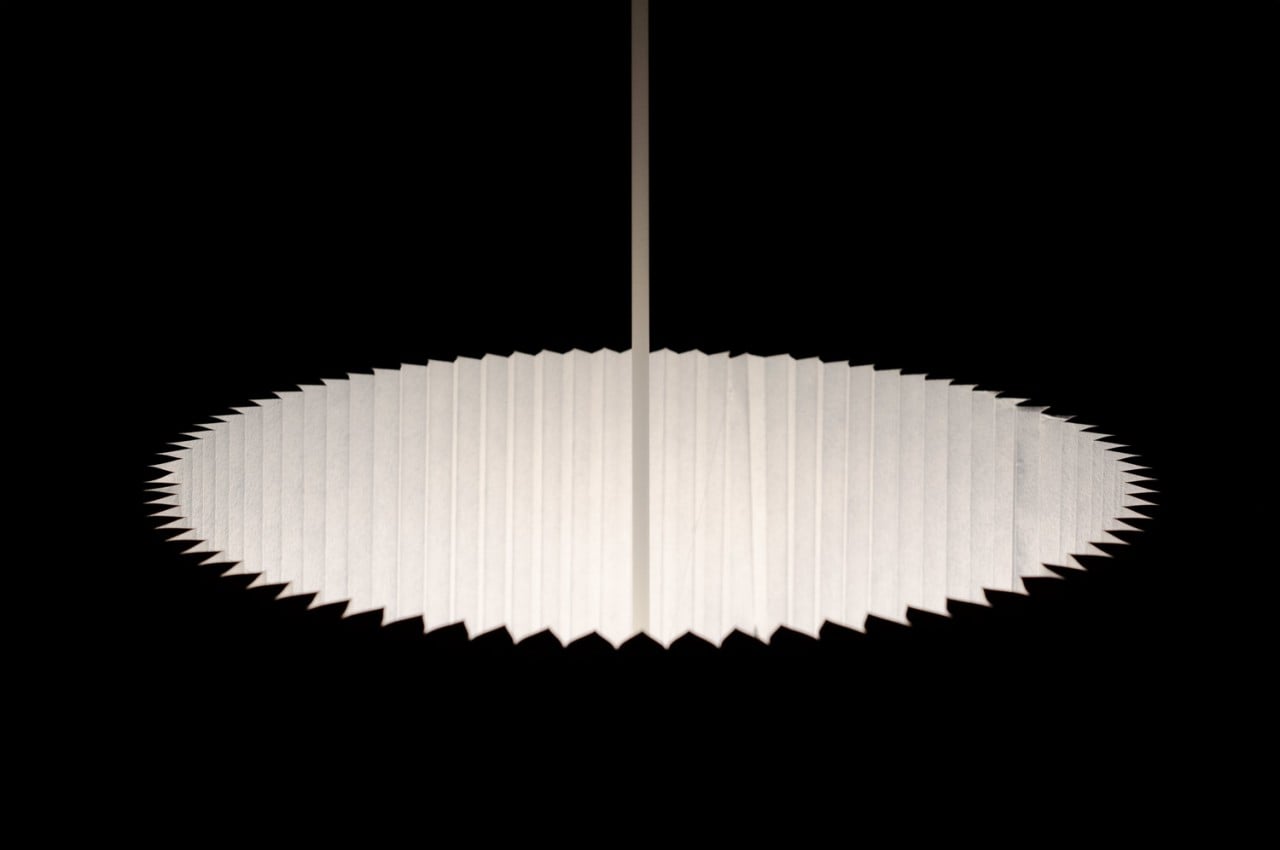
The end result is a lamp that can shine brightly over a table or room at one moment and then project its light to the roof with a simple pull of the string. The former creates a functional space, while the latter enriches the ambiance of that same space. The rather ingenious design can easily change the mood in a room without having to resort to complicated mechanisms or electronics, creating a simple yet beautiful shape that adds both functionality and visual appeal to any room.
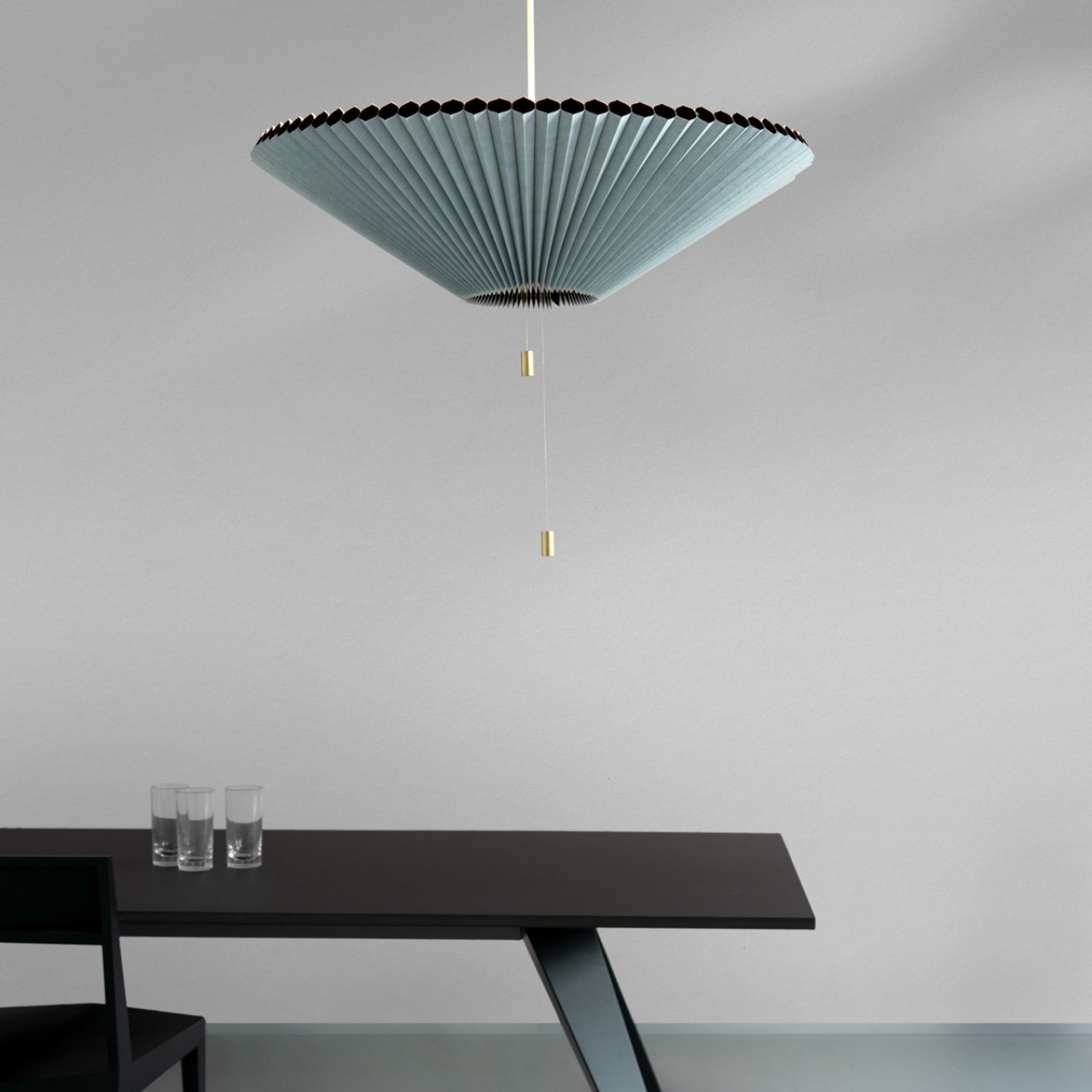
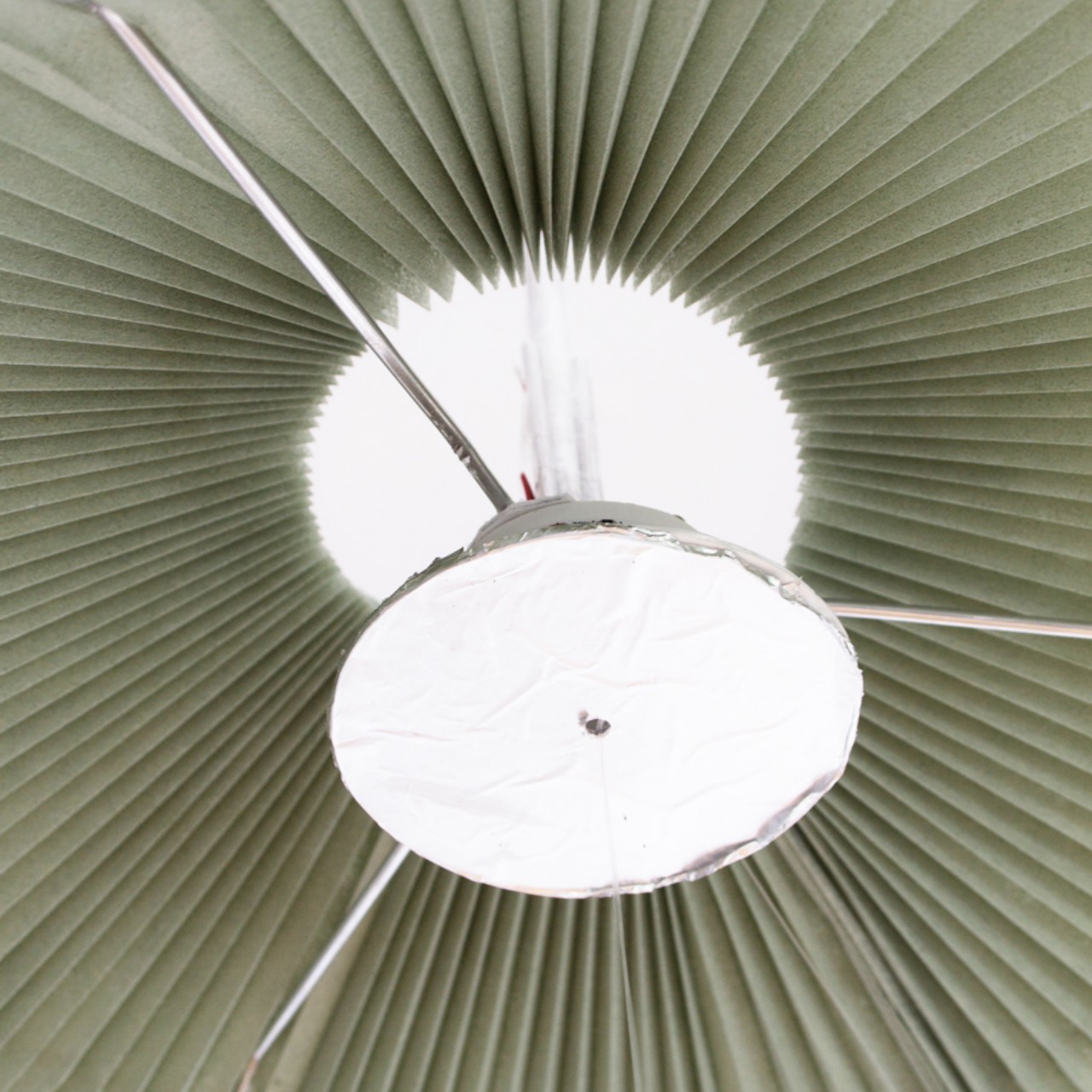
The post Transforming lampshade uses a neat trick to change the way light flows first appeared on Yanko Design.
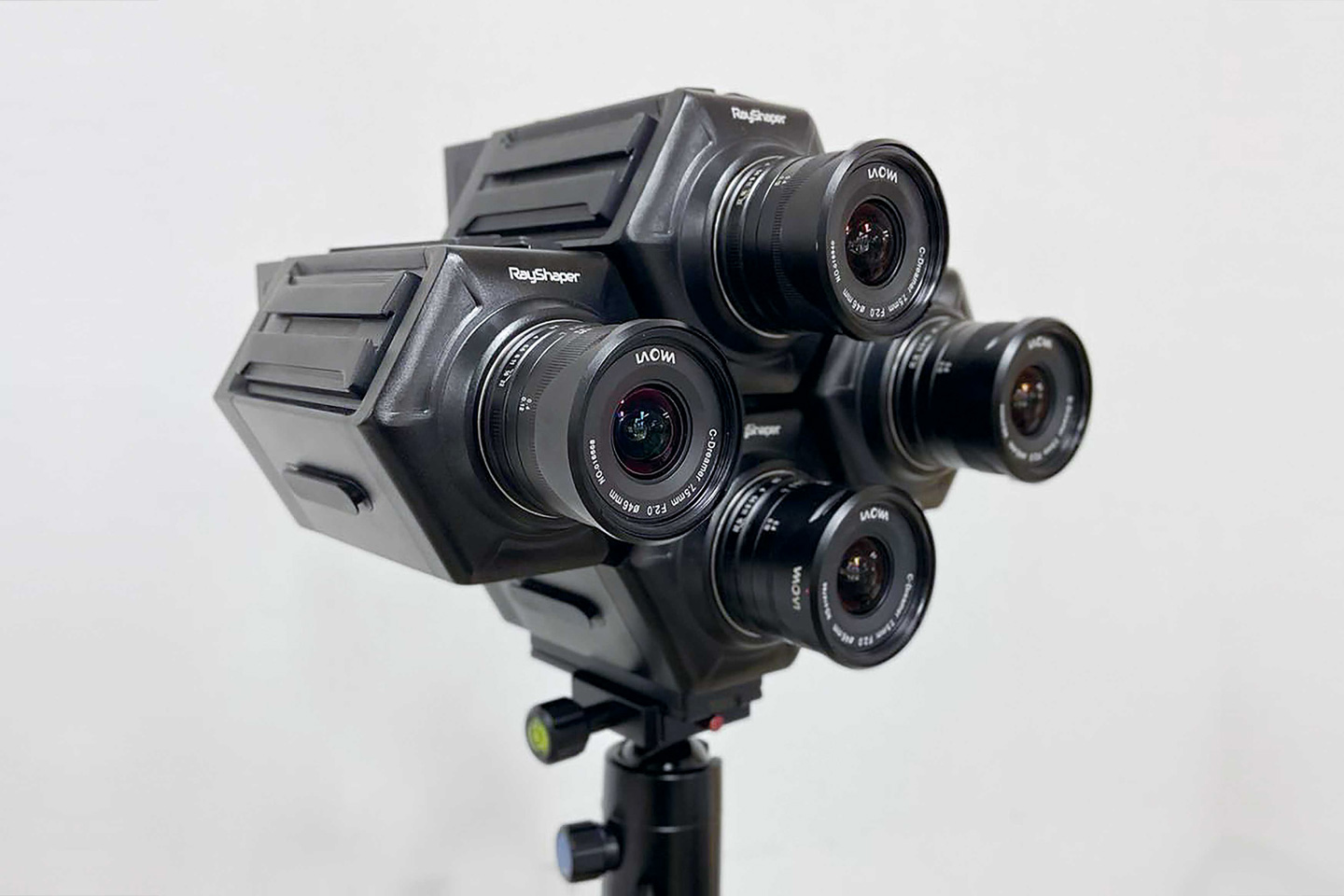
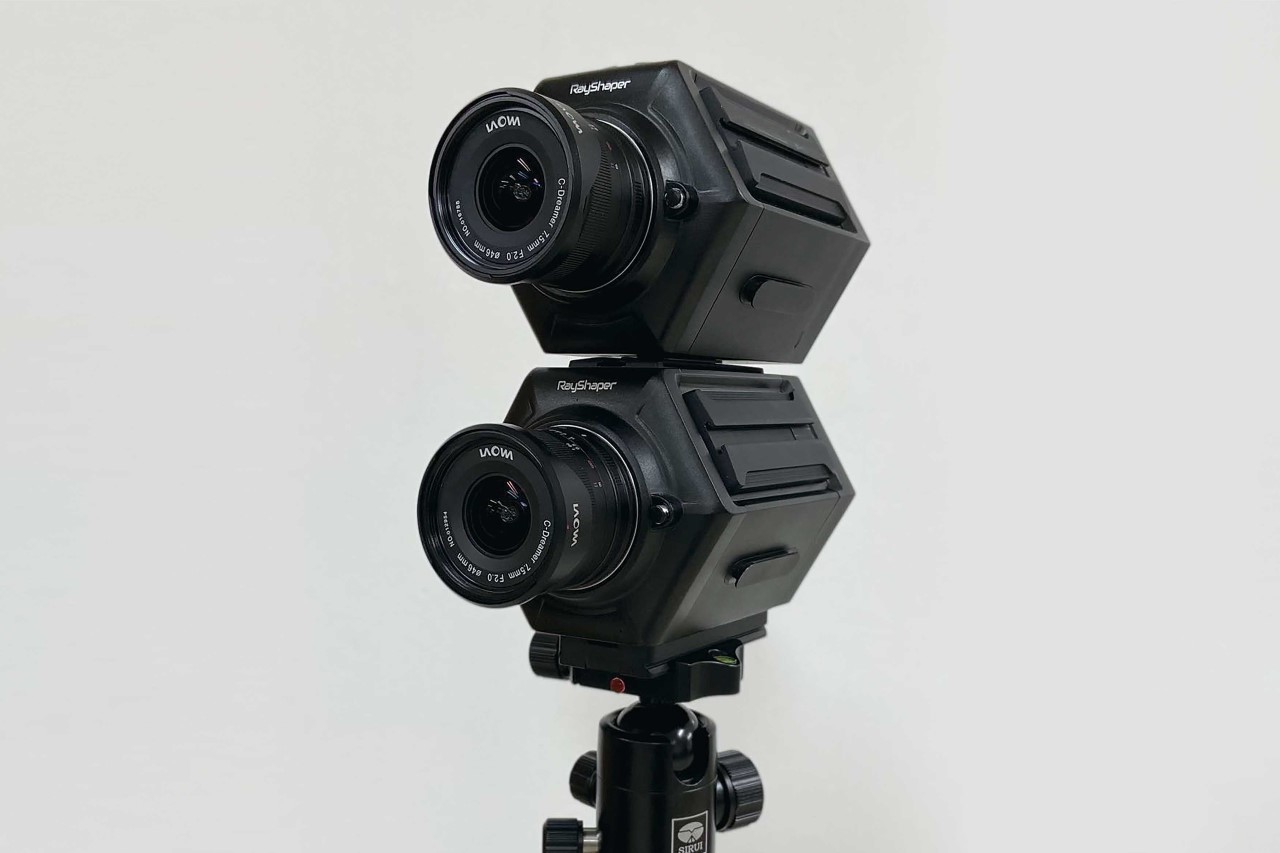

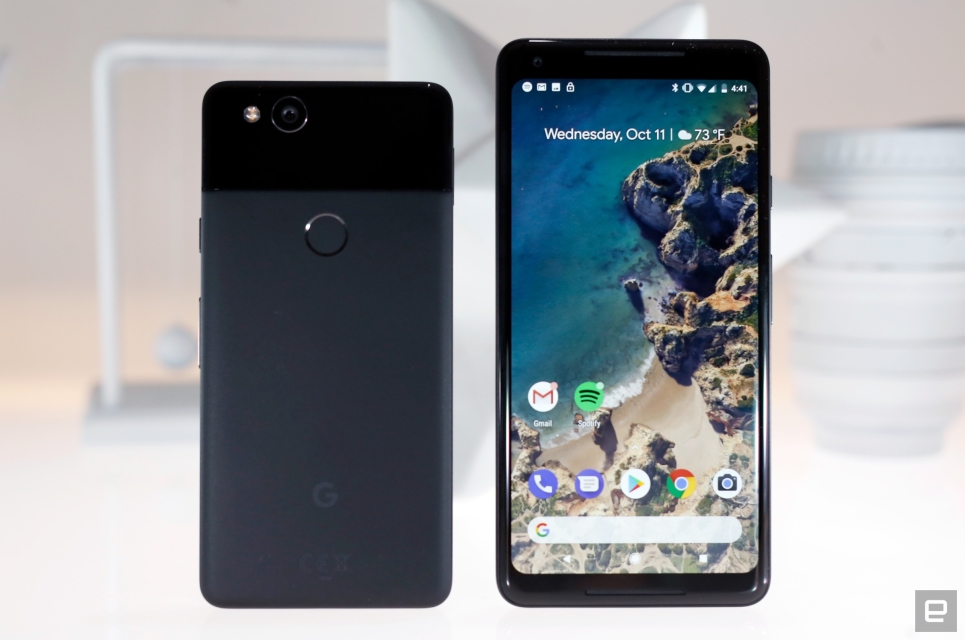 Google has a bit of a throwback tucked away in the Pixel 2. Depending on the app, you can access the old-school Android menu button by tapping in the lower righthand corner of the screen, as spotted by Android Police. As you'll see in the video embed...
Google has a bit of a throwback tucked away in the Pixel 2. Depending on the app, you can access the old-school Android menu button by tapping in the lower righthand corner of the screen, as spotted by Android Police. As you'll see in the video embed...









